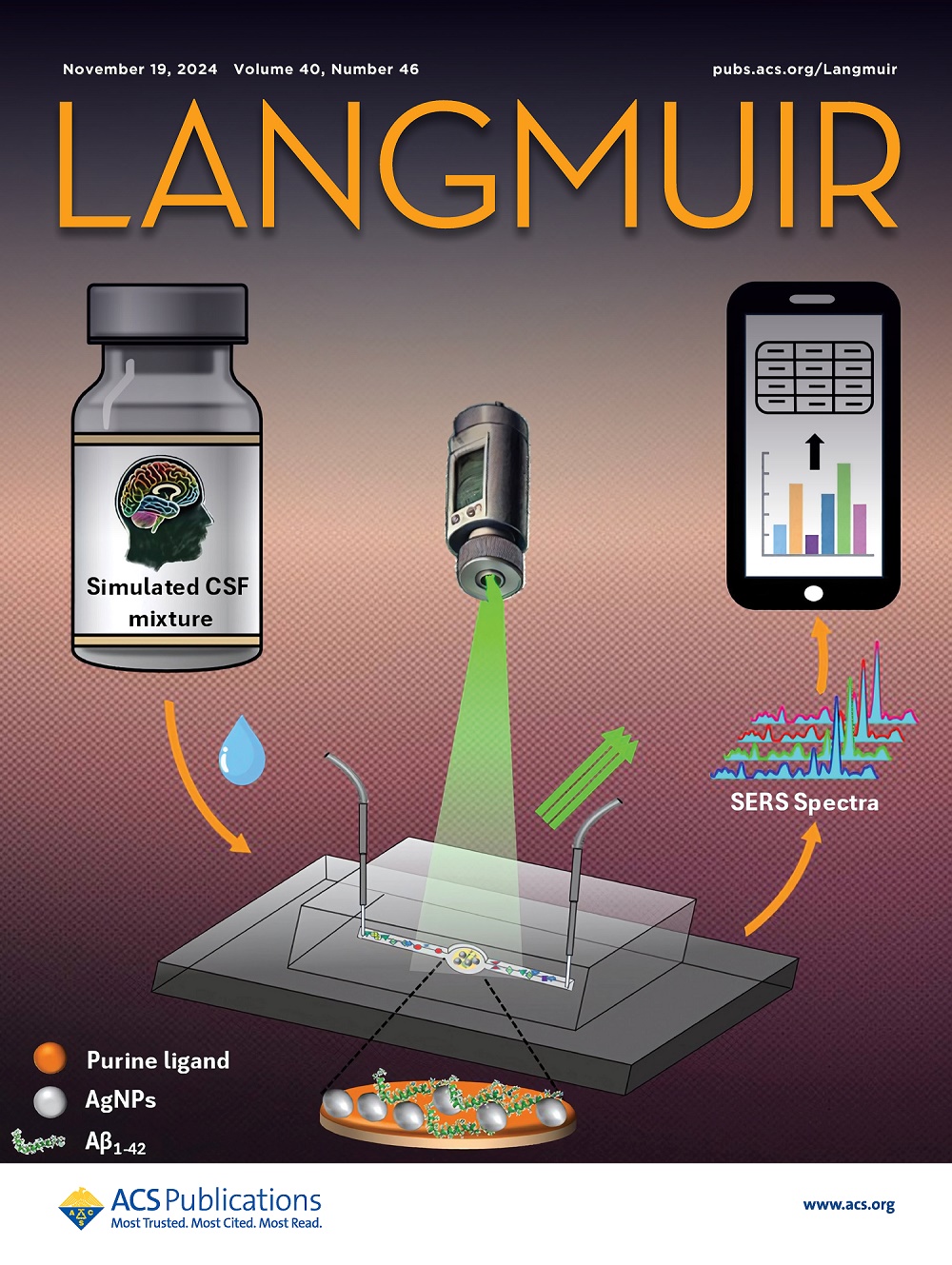Monitoring the Activation of a AuCu Aerogel CO2-Reduction Electrocatalyst via Operando XAS
IF 3.7
2区 化学
Q2 CHEMISTRY, MULTIDISCIPLINARY
引用次数: 0
Abstract
The electrochemical reduction of CO2 is a promising approach to mitigate global warming by converting CO2 into valuable industrial chemicals such as CO. Among the various CO2-electroreduction catalysts investigated, AuCu alloys have proven to be particularly promising as they exhibit even higher activity and selectivity toward CO production compared to pure Au, which can be considered as one of the state-of-the-art catalysts for this reaction. In a recent study, we showed that unsupported AuCu aerogels feature an appealing CO2-to-CO activity and selectivity, even if in their as-synthesized form they were not phase-pure but instead contained Cu oxide. Thus, in this work, we aim at understanding how the transformation of this bimetallic and compositionally heterogeneous aerogel induced by a cyclic voltammetry (CV) treatment leads to this enhanced CO2-electroreduction performance. This was done by applying three different experimental protocols, implying (i) the absence of this CV treatment, (ii) the completion of the CV treatment without exchanging the electrolyte prior to the CO2-reduction test, or (iii) the CV treatment and exchanging the electrolyte before performing the CO2-reduction potential hold. These three protocols were complemented with operando grazing incidence X-ray absorption spectroscopy (GIXAS) measurements that revealed the structural and compositional changes undergone by the AuCu aerogel during CV treatment. The latter is then shown to lead to the removal of Cu oxide side phases and the enrichment of the aerogel’s surface with Au atoms and a AuCu alloy phase, which in turn results in a significant increase in the faradaic efficiency toward CO, from 23 to 81% when this CV treatment is overlooked vs performed, respectively.

利用Operando XAS法监测AuCu气凝胶co2还原电催化剂的活化
通过将二氧化碳转化为CO等有价值的工业化学品,电化学还原二氧化碳是缓解全球变暖的一种很有前途的方法。在研究的各种二氧化碳电还原催化剂中,AuCu合金被证明特别有前途,因为与纯Au相比,它们对CO的生成具有更高的活性和选择性,可以被认为是最先进的催化剂之一。在最近的一项研究中,我们发现无负载的AuCu气凝胶具有吸引人的CO2-to-CO活性和选择性,即使在它们的合成形式中,它们不是相纯的,而是含有Cu氧化物。因此,在这项工作中,我们的目标是了解循环伏安(CV)处理诱导的这种双金属和组成不均匀气凝胶的转变如何导致这种增强的二氧化碳电还原性能。这是通过应用三种不同的实验方案来完成的,这意味着(i)不进行CV处理,(ii)在co2还原测试之前完成CV处理而不交换电解质,或(iii)在进行co2还原电位保持之前进行CV处理并交换电解质。这三种方案与operando掠射x射线吸收光谱(GIXAS)测量相辅相成,揭示了在CV处理期间AuCu气凝胶所经历的结构和成分变化。结果表明,后者导致Cu氧化物侧相的去除,气凝胶表面富集了Au原子和AuCu合金相,这反过来又显著提高了CO的法拉第效率,当忽略和执行CV处理时,法拉第效率分别从23%提高到81%。
本文章由计算机程序翻译,如有差异,请以英文原文为准。
求助全文
约1分钟内获得全文
求助全文
来源期刊

Langmuir
化学-材料科学:综合
CiteScore
6.50
自引率
10.30%
发文量
1464
审稿时长
2.1 months
期刊介绍:
Langmuir is an interdisciplinary journal publishing articles in the following subject categories:
Colloids: surfactants and self-assembly, dispersions, emulsions, foams
Interfaces: adsorption, reactions, films, forces
Biological Interfaces: biocolloids, biomolecular and biomimetic materials
Materials: nano- and mesostructured materials, polymers, gels, liquid crystals
Electrochemistry: interfacial charge transfer, charge transport, electrocatalysis, electrokinetic phenomena, bioelectrochemistry
Devices and Applications: sensors, fluidics, patterning, catalysis, photonic crystals
However, when high-impact, original work is submitted that does not fit within the above categories, decisions to accept or decline such papers will be based on one criteria: What Would Irving Do?
Langmuir ranks #2 in citations out of 136 journals in the category of Physical Chemistry with 113,157 total citations. The journal received an Impact Factor of 4.384*.
This journal is also indexed in the categories of Materials Science (ranked #1) and Multidisciplinary Chemistry (ranked #5).
 求助内容:
求助内容: 应助结果提醒方式:
应助结果提醒方式:


